

The feeling Elisa (Mawer) Louizos ’96 noticed in her chest was odd but not entirely unfamiliar. It wasn’t quite pain—more a tightness, a bit like heartburn but not as sharp. “Bummer,” she thought to herself as she started the car and headed out with her ninth-grade son to pick up his books for virtual school. “Maybe I’m getting a flu kinda thing.” And maybe, she thought, it will just go away.
On the way home, though, Louizos had to pull over to the side of the road, violently ill. Composing herself, she made it into the house, stretched out on the sofa and tried to eat some of the ramen noodles her son brought her. The nausea passed, but the tightness in her chest remained, along with lightheadedness and a dull ache mid-back. She fell into a fitful sleep.
“When I woke up in the morning,” Louizos recalls, “I didn’t know what it was, but I had the sense that ‘something’s a bit off.’” Her doctor’s office told her to go to a local emergency room, where she was sure she’d be “wasting people’s time” and that “it was going to be a pain in the butt,” all the while surrounded by people with COVID-19.
Medical personnel who attended to Louizos ran some tests and blood work, then turned their attention to other patients. “Everything was coming back negative, negative, negative,” she remembers. “And then the final test was for a cardiac enzyme, troponin.” In an instant, Louizos’ life changed. “The doctor looked at me and said, ‘Well, it looks like you’ve had a heart attack. Where is your husband? I need to talk to him.’”

Elisa (Mawer) Louizos ’96
A second surprise lay ahead. Louizos—a therapist who was just 46, healthy, and with no family history of heart disease—had not experienced the typical heart attack caused by plaque in the arteries. Rather, she had survived spontaneous coronary artery dissection—SCAD—a tear in a cardiac blood vessel that disrupts blood flow to the heart. The condition was viewed as so uncommon that it was considered too rare to get research funding, according to Katherine K. Leon, who founded the nonprofit SCAD Alliance in 2013 to change that. Leon herself experienced a SCAD in 2003. Through grassroots fundraising, the organization supports research and the iSCAD Registry, the only such multicenter SCAD registry in the country.
Cardiologist Sahar Naderi, director of Women’s Heart Health at Kaiser Permanente San Francisco, is one of a small but growing number of SCAD specialists. In her practice she sees two to three SCAD patients a week, and she is a part of Louizos’ treatment team. Nearly all of her SCAD patients—98%—are women, mostly in their late 40s to early 50s. Naderi says those studying the condition believe it may be the leading cause of heart attacks in women under 50, as well as during pregnancy.
“We still don’t really understand the condition,” Naderi says. “There seems to be some perfect storm of hormonal changes that happen toward menopause that perhaps triggers, or at least is associated with, these events. We also know that mental and physical stressors long-term seem to play a role.”
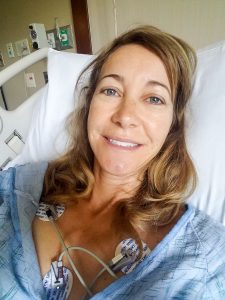
Roxanne (Ruzicka) Maas ’94
Eighteen months before Louizos’ SCAD, Roxanne (Ruzicka) Maas ’94 was taking a morning shower on the last day of vacation with her in-laws near Detroit when she began to experience chest pain. “I need to see my father-in-law,”’ she recalls thinking. (He is a retired physician.) Maas quickly dressed and gingerly went downstairs, hanging on to the banister to steady herself. “I couldn’t breathe,” she says. “I was sweating. I was dizzy and nauseous. I remember saying, ‘Maybe you should give me some aspirin.’”
As Maas was heading out the door on the way to the hospital, she suddenly vomited. She still doesn’t understand why, but after that, for whatever reason, “the pain and all the symptoms, like 95% went away. I was almost all better.” She went to the hospital anyway.
Maas was 47, healthy and active. Like Louizos, she had a husband and three children, along with a career as a genetic counselor. Nothing in her health profile would point to cardiac risk. But just as with Louizos, a series of tests showed elevated troponin. She had experienced a heart attack. After cardiac catheterization, her doctors concluded she had experienced a spontaneous coronary artery dissection, SCAD. The artery involved, says Maas, “looked like a frayed knot.” She flew home to California the next day, with the approval of her doctors, scared to death it might recur in mid-air.
A Strange Coincidence
When asked how it might be that two Pomona alumnae who sang in Glee Club together in the 1990s could both experience the same very rare heart attack just 18 months apart, Pomona Economics Professor Gary Smith suggests selective recall coincidence. Smith is the author of What the Luck: The Surprising Role of Chance in Our Everyday Lives. “Selective recall in general means that you remember selectively, often because it supports your prior beliefs, but also because it is so striking,” Smith explains. “Like a baby born at 7:11 on 7/11 weighing 7 pounds 11 ounces. If you predict, ahead of time, that a woman’s baby will be born at that time on that day with that weight, it would be astonishing if it came true. If you, instead, look at the birth records of the millions of babies born in the United States every year, it is utterly unsurprising that you will find a baby with an amusing combination of birth statistics. In any large set of data there are lots of coincidences that are memorable but meaningless.”
So it is likely that the two women’s experiences with SCAD might have remained as isolated, individual rare events were it not for a third Sagehen and mutual friend, Tori (Ashe) Erslovas ’95. “Last January I got a text message from Elisa. ‘I’m ok, but I had a mild heart attack,’” Erslovas relates. “When I talked to her and she told me what it was, I said, ‘That’s so weird. I know someone else that happened to—it’s Roxanne from Glee Club. Can I connect you?’”
Louizos says she dialed Maas’ number with “a mix of hopefulness and anxiety.” She was just a few days past her SCAD heart attack. “I was so scared. So scared. And I had so, so many questions.”
There was much for Louizos and Maas to discuss. Maas “was great,” says Louizos. “She had already been through that initial shock and was able to keep me grounded and provide hope.” Maas talked about how her life had, for the most part, kept on as it had been, minus rollercoasters and scuba diving, and she walks now more than she runs.
The current standard of care favors conservative treatment whenever possible, as SCADs often heal on their own, and that was the route Maas and Louizos took. Both women take a couple of medications and have instructions to keep their heart rate within certain safety parameters and to focus on mild to moderate cardiovascular exercise rather than activities such as weightlifting. “We were both glad we didn’t have babies or toddlers to lift anymore,” says Louizos.
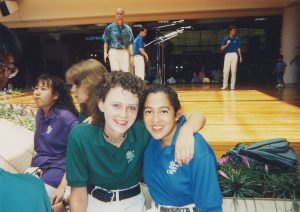
Elisa (Mawer) Louizos ’96 with Tori (Ashe) Erslovas ’95 during a 1990s Glee Club trip. Erslovas made the connection between Louizos and Roxanne (Ruzicka) Maas ’94 after each experienced a SCAD.
Having a heart attack in the prime of life, especially one that was so atypical, has left Louizos and Maas eager to make people aware of SCAD. Elisa is part of the SCAD Alliance’s iSCAD Registry. Both have sent their medical records to the Mayo Clinic for a virtual SCAD registry and are part of a supportive SCAD Facebook group.
Fear of a recurrence has not completely disappeared. The literature indicates that 20-30% of SCAD survivors, as veterans of SCAD often call themselves, experience a subsequent episode. “I might go weeks and even months without thinking of it, and then it’ll just sort of occur to me,” says Louizos.
“The scariest thing about this is that it came out of the blue,” Maas adds. “It’s not like ‘As long as I don’t run a marathon, I’ll be fine.’ It could totally happen again.”
‘Listen to your body’
Today, Maas and Louizos continue to be sources of support for each other. They now consider themselves “SCAD sisters.” Says Maas, “This unfortunate experience deepened a friendship we started 20-some years ago at Pomona College.”
Encouraging everyone, especially women, not to discount health warnings is important to them both. As Maas learned, there are different types of heart attacks that can occur even in people whose arteries are, as her cardiologist described hers, “crystal clear.” She emphasizes that “you really don’t want to ignore symptoms or think ‘That can’t possibly be a heart attack.’”
In January, Louizos posted a message to her friends on Facebook: “Today is the one year anniversary of my heart attack. I am feeling incredibly blessed by the support I have felt and so grateful that it was mild and the effects have been minimal.” And, she continued, “Just a reminder to listen to your body and take what it tells you seriously. Even if you are healthy these things can happen. And slow down once in a while and enjoy life. Stress does not serve us well!”
Maas fights back tears as she talks about two friends recently claimed by cancer. “The message I want to get out is enjoy your life. Appreciate your health and all the good things in your life. That’s what matters.”
Louizos, drawing on her own SCAD experience, concurs. “There’s an expiration date, for sure,” she says about each of our lives. “[Let’s] do all we can to make our experience on Earth as rich as we can. Take our health seriously. Listen to our bodies. And believe in each other.”

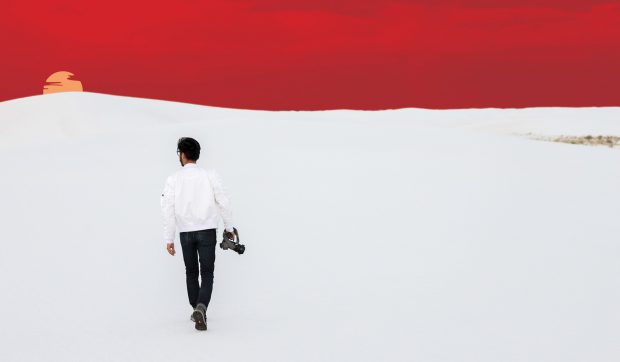
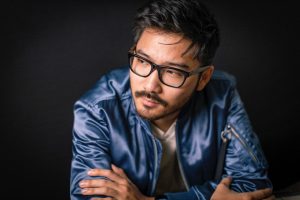
 Lin’s novel had humble beginnings; it started as homework. His work was a submission for a creative writing workshop with Lethem, the much-celebrated novelist and Pomona College’s Roy Edward Disney ’51 Professor of Creative Writing and Professor of English.
Lin’s novel had humble beginnings; it started as homework. His work was a submission for a creative writing workshop with Lethem, the much-celebrated novelist and Pomona College’s Roy Edward Disney ’51 Professor of Creative Writing and Professor of English.
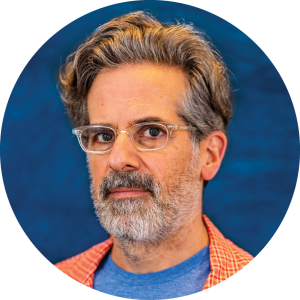
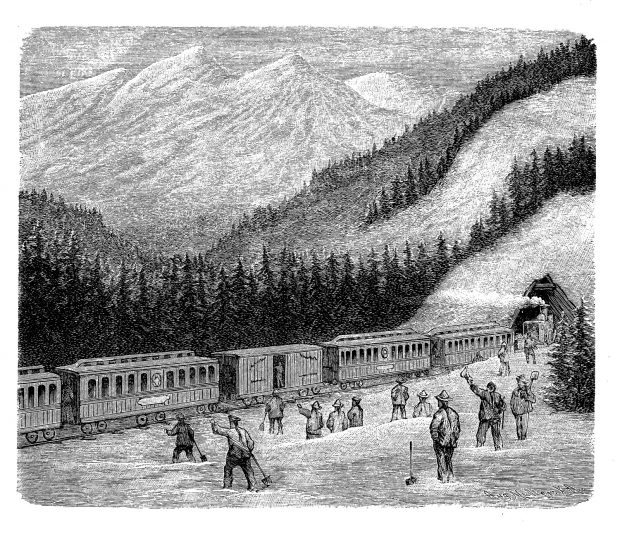
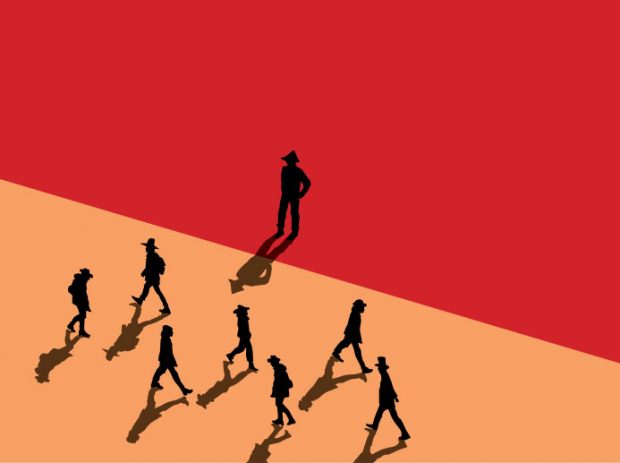
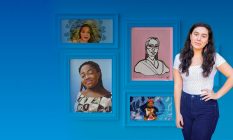
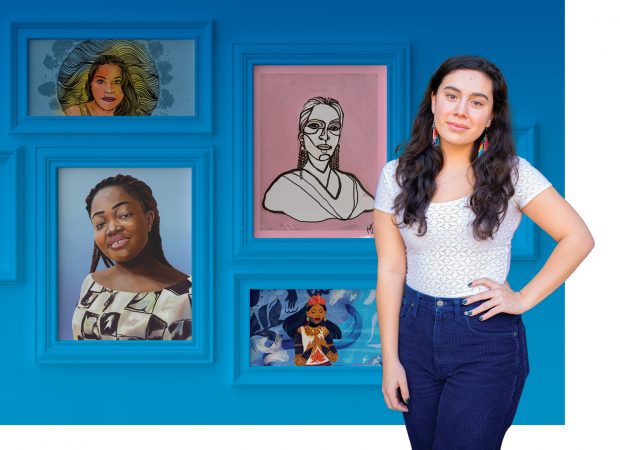
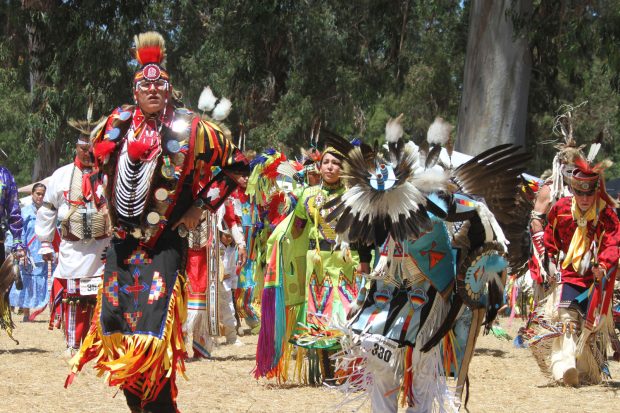

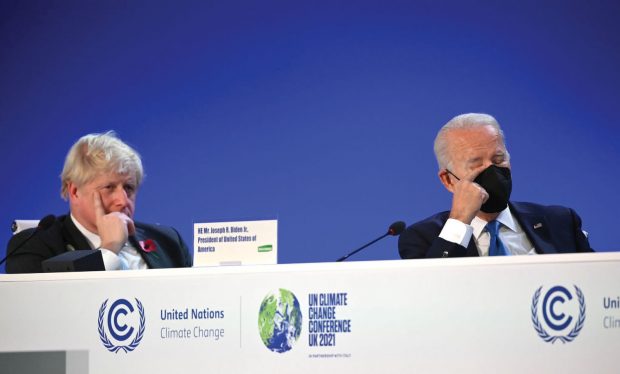


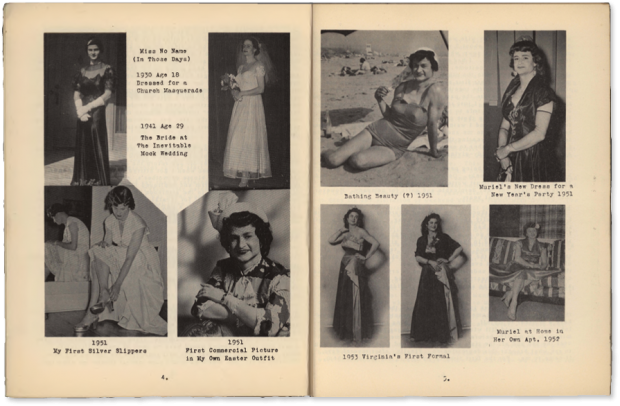

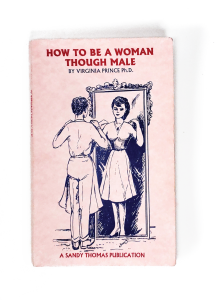 By the 1960s, Prince herself began living full-time as a woman, as she would continue to do until her death in 2009. She published a series of books, first The Transvestite and His Wife (1967) and then How To Be a Woman Though Male (1971), which doubled down on her opposition to gender-affirmation surgery. After Transvestia found some stability, Prince began bundling a selection of news about cross-dressing and gender identity in what she called her TV Clipsheet.
By the 1960s, Prince herself began living full-time as a woman, as she would continue to do until her death in 2009. She published a series of books, first The Transvestite and His Wife (1967) and then How To Be a Woman Though Male (1971), which doubled down on her opposition to gender-affirmation surgery. After Transvestia found some stability, Prince began bundling a selection of news about cross-dressing and gender identity in what she called her TV Clipsheet.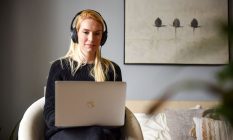


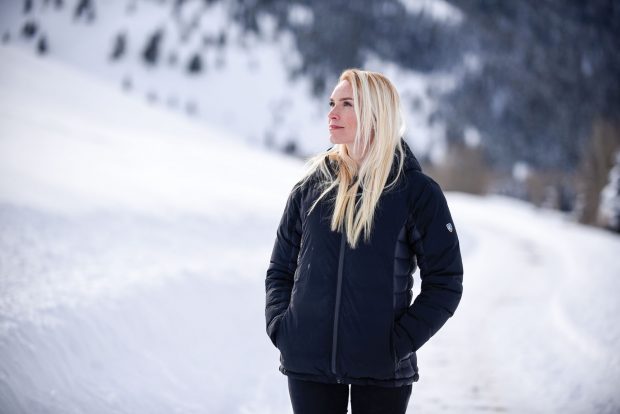
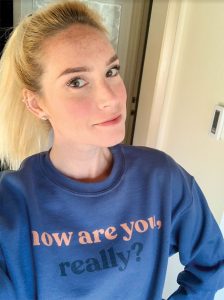
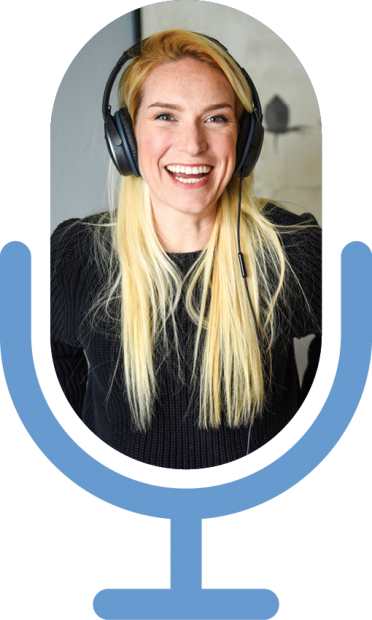 Connect with The Scooty Fund
Connect with The Scooty Fund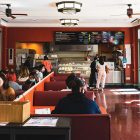

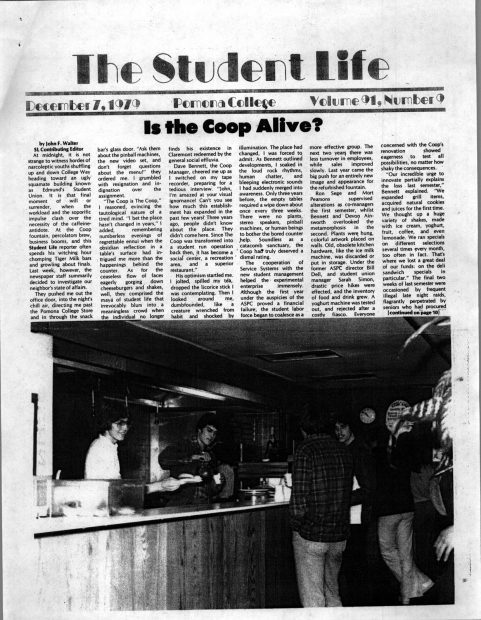 Apparently, those hopes weren’t realized. In 1979, The Student Life published an article with the headline, “Is the Coop Alive?” According to the article, three years prior, “people didn’t know about the place,” “the empty tables required a wipe down about once every three weeks” and it was “soundless as a catacomb sanctuary.”
Apparently, those hopes weren’t realized. In 1979, The Student Life published an article with the headline, “Is the Coop Alive?” According to the article, three years prior, “people didn’t know about the place,” “the empty tables required a wipe down about once every three weeks” and it was “soundless as a catacomb sanctuary.”
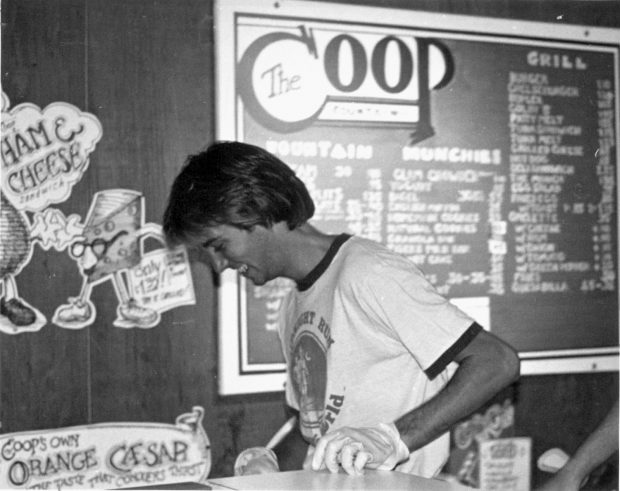


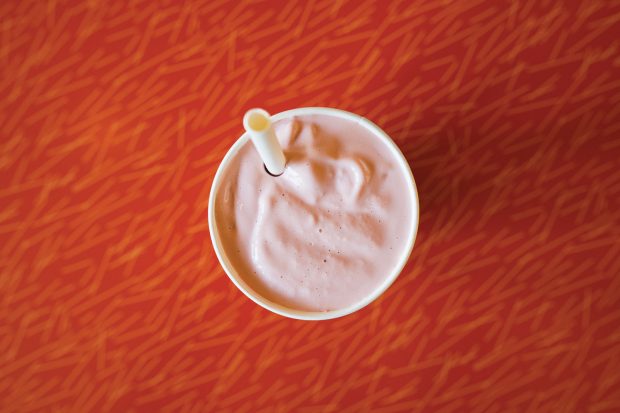


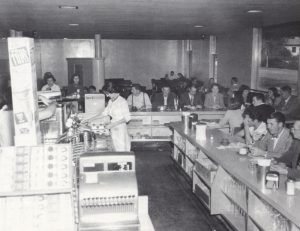
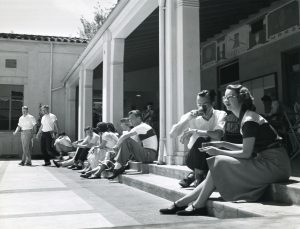

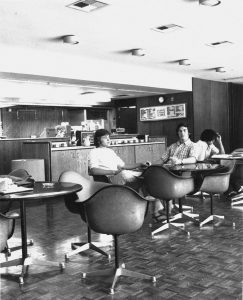

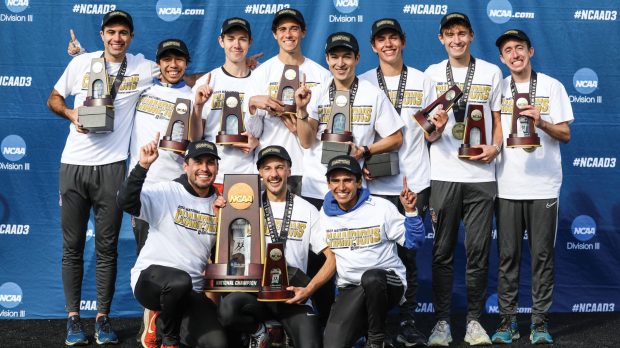
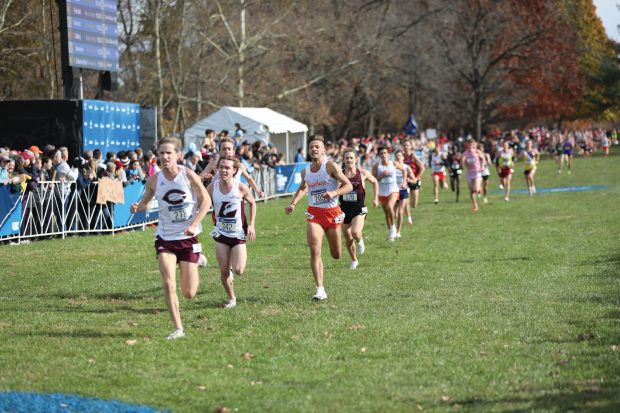
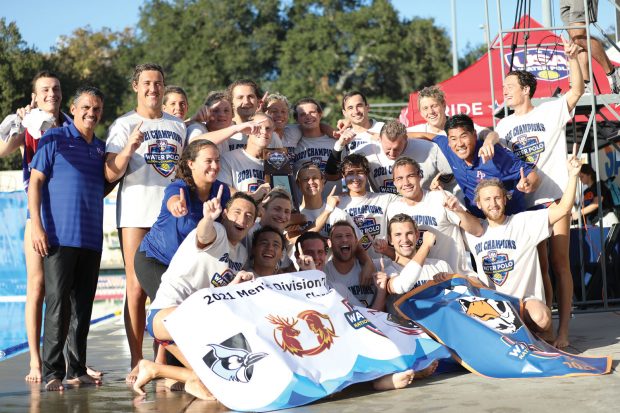
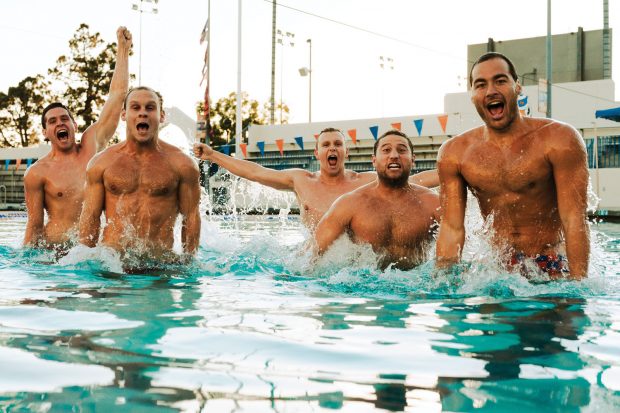
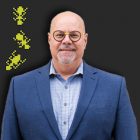
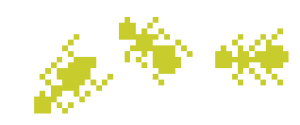
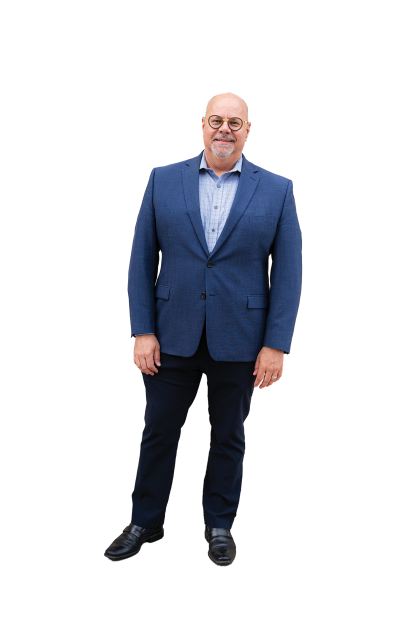 1. Grow up in New York City and develop an unexpected appreciation of bugs—and not the computer programming type. “Even as a child, I just loved being outside. I loved turning over rocks,” says Rodriguez, who has a deep affection not only for insects but also for animals and the outdoors.
1. Grow up in New York City and develop an unexpected appreciation of bugs—and not the computer programming type. “Even as a child, I just loved being outside. I loved turning over rocks,” says Rodriguez, who has a deep affection not only for insects but also for animals and the outdoors.
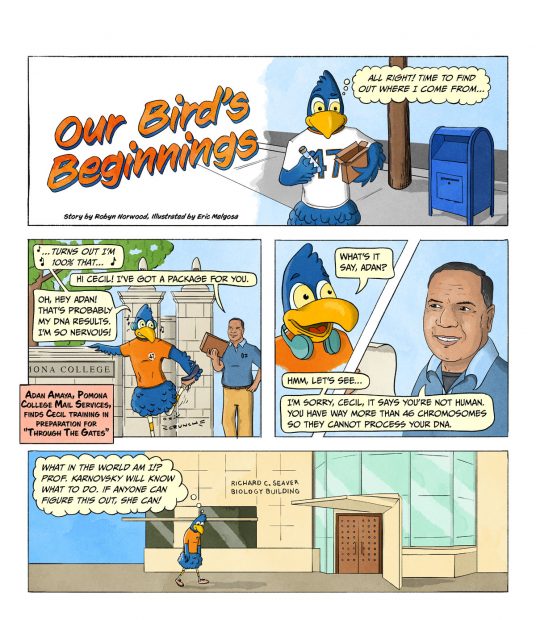
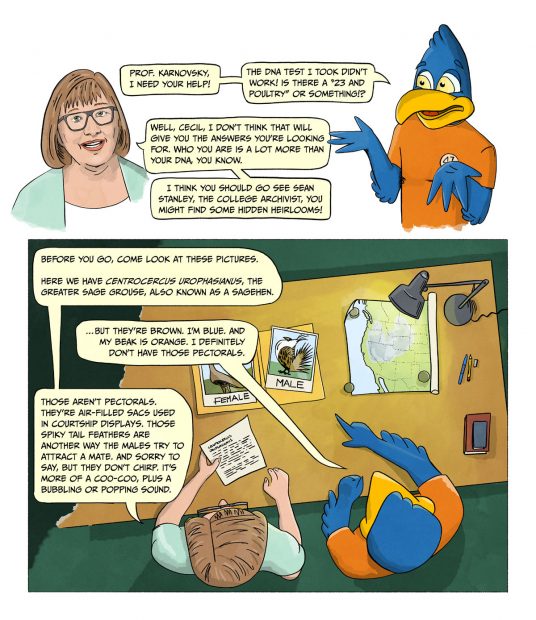
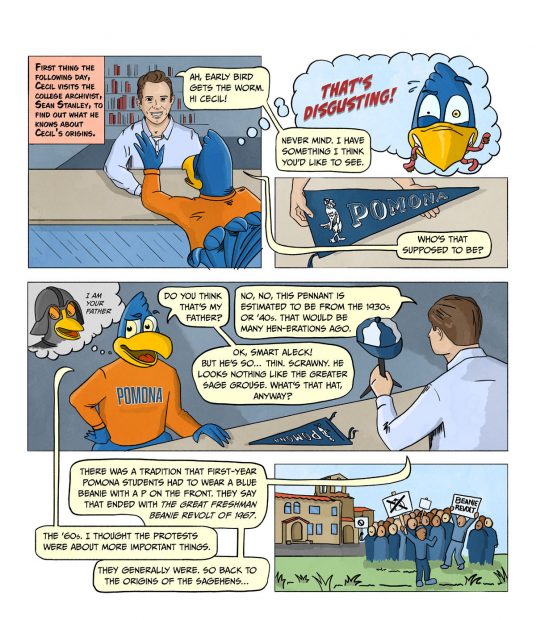
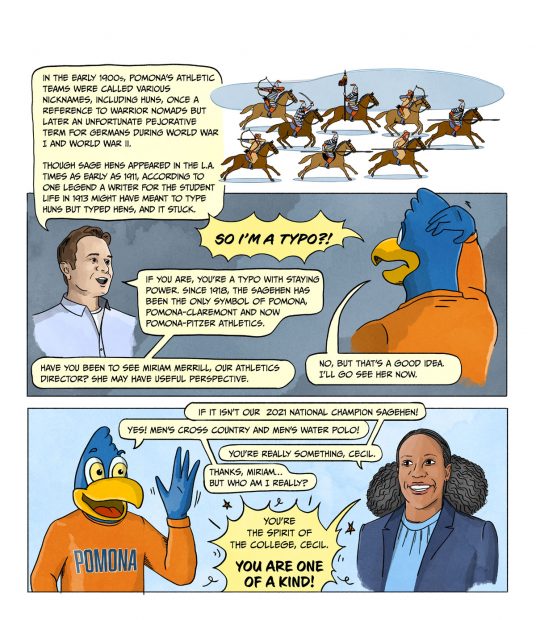

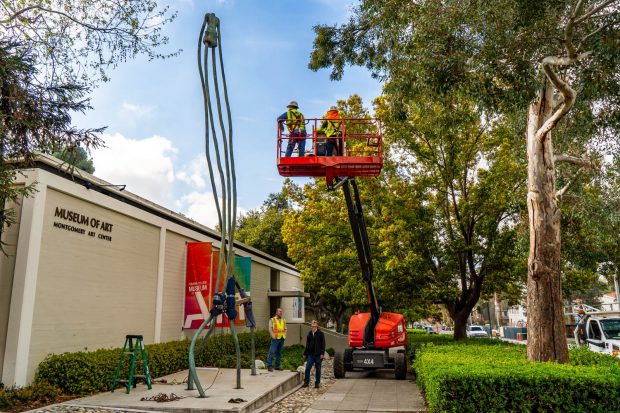
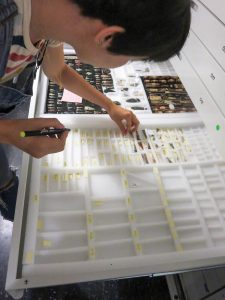
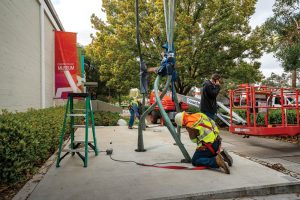
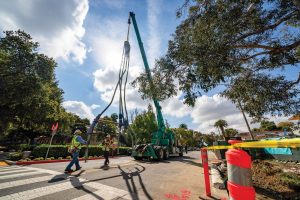 Objects didn’t have to travel physically far—all satellite locations were blocks or buildings away—but that didn’t make the task less daunting. Handling objects at any step of the process is always a risk, says Comba. “There’s always the possibility of human error. We wanted to do this right. We had to take our time.”
Objects didn’t have to travel physically far—all satellite locations were blocks or buildings away—but that didn’t make the task less daunting. Handling objects at any step of the process is always a risk, says Comba. “There’s always the possibility of human error. We wanted to do this right. We had to take our time.” Comba brought on board independent collections manager Karen Hudson, who assumed duties as move coordinator/registrar. “Before you move anything, you need to know what you have,” she says about the time-consuming and labor-intensive process of creating the inventory. “You start by opening up every box, in every storage room and in every building. I had my eye on every single object in the collection.”
Comba brought on board independent collections manager Karen Hudson, who assumed duties as move coordinator/registrar. “Before you move anything, you need to know what you have,” she says about the time-consuming and labor-intensive process of creating the inventory. “You start by opening up every box, in every storage room and in every building. I had my eye on every single object in the collection.”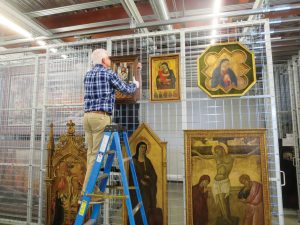 The museum could have hired an expensive professional art-moving company for the entire job, but since the Benton is a teaching museum with a robust internship program, the collection move presented an exceptional chance for hands-on, behind-the-scenes, roll-up-your-sleeves learning. Twelve interns—among them Pomona students Nina Mueller ’19, Ethan Dieck ’22, Jem Stern ’22, Quin Fraley ’22, Katherine Purev ’23 and Emily Petro ’21—stepped up for a challenge that lasted from April 2019 to March 2020.
The museum could have hired an expensive professional art-moving company for the entire job, but since the Benton is a teaching museum with a robust internship program, the collection move presented an exceptional chance for hands-on, behind-the-scenes, roll-up-your-sleeves learning. Twelve interns—among them Pomona students Nina Mueller ’19, Ethan Dieck ’22, Jem Stern ’22, Quin Fraley ’22, Katherine Purev ’23 and Emily Petro ’21—stepped up for a challenge that lasted from April 2019 to March 2020.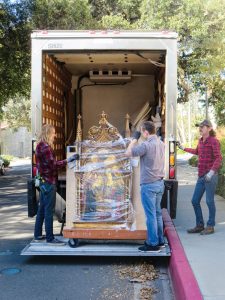
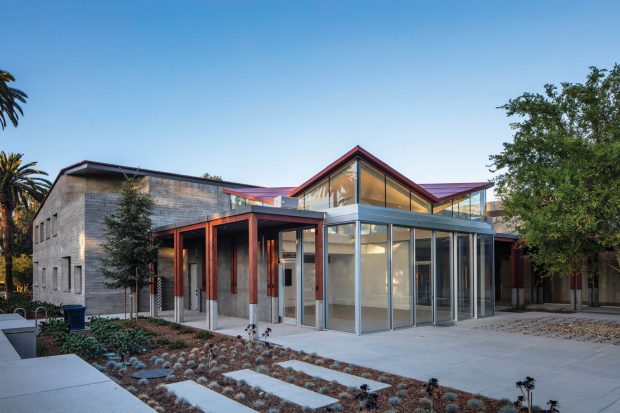 The long-awaited Benton Museum of Art at Pomona College opened to the public in May 2021 with reservation-based visits after the planned 2020 opening was delayed by the pandemic.
The long-awaited Benton Museum of Art at Pomona College opened to the public in May 2021 with reservation-based visits after the planned 2020 opening was delayed by the pandemic.